Published on 18 December 2025
The City of Whittlesea has marked the beginning of construction for a major sports lighting upgrade at Mill Park Lakes Recreation Reserve in South…

Published on 18 December 2025
The City of Whittlesea has marked the beginning of construction for a major sports lighting upgrade at Mill Park Lakes Recreation Reserve in South…
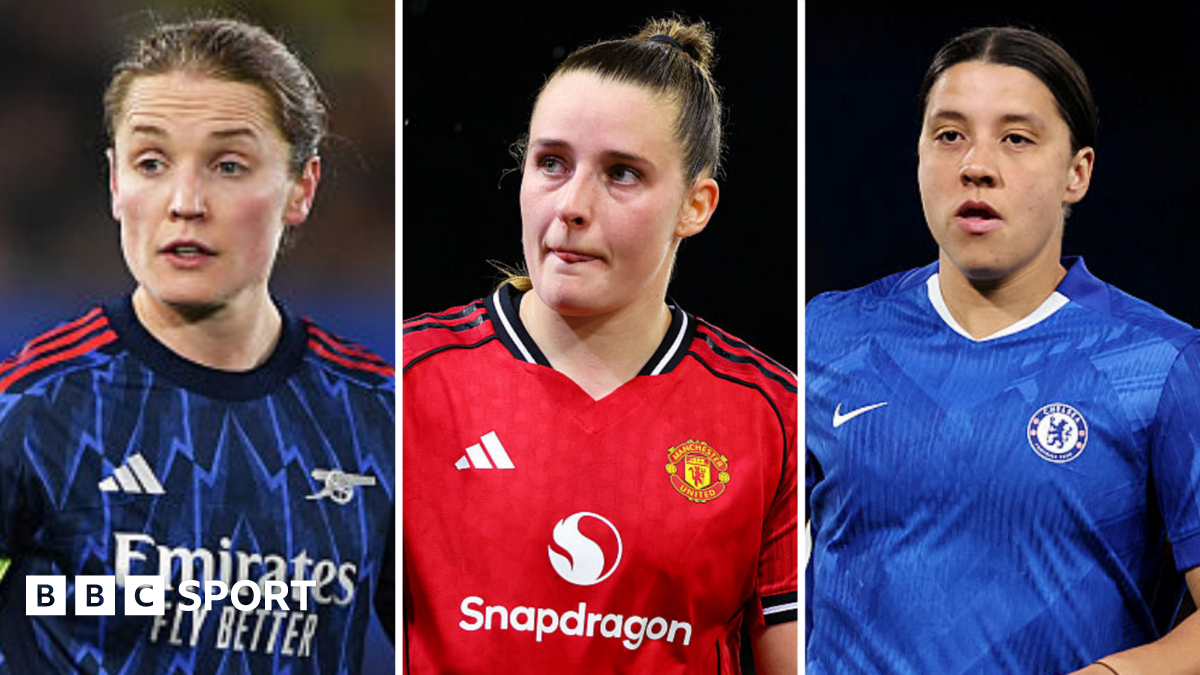
Chelsea’s campaign got off to an underwhelming start when they drew 1-1 with FC Twente in October, but since then they have looked impressive, scored bucketloads of goals, and remained unbeaten.
They finished third in the table with four wins from…
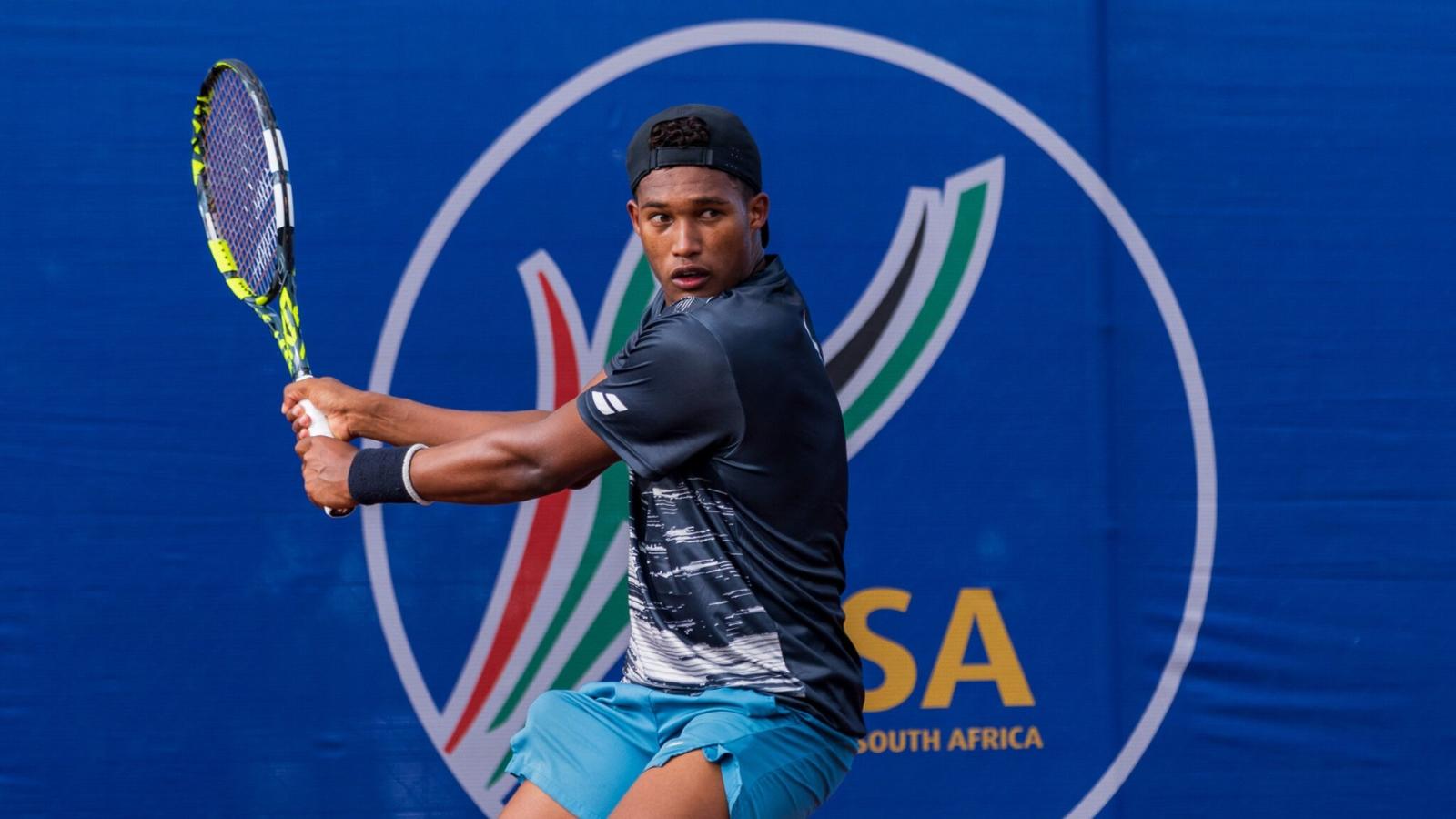
SAN LUIS OBISPO, Calif. — Head Coach Nick Carless and Assistant Coach Jurgen De Jager are pleased to announce the addition of another high-profile international signee: South Africa’s Leo Matthysen.
Matthysen, from Cape Town, was ranked among…
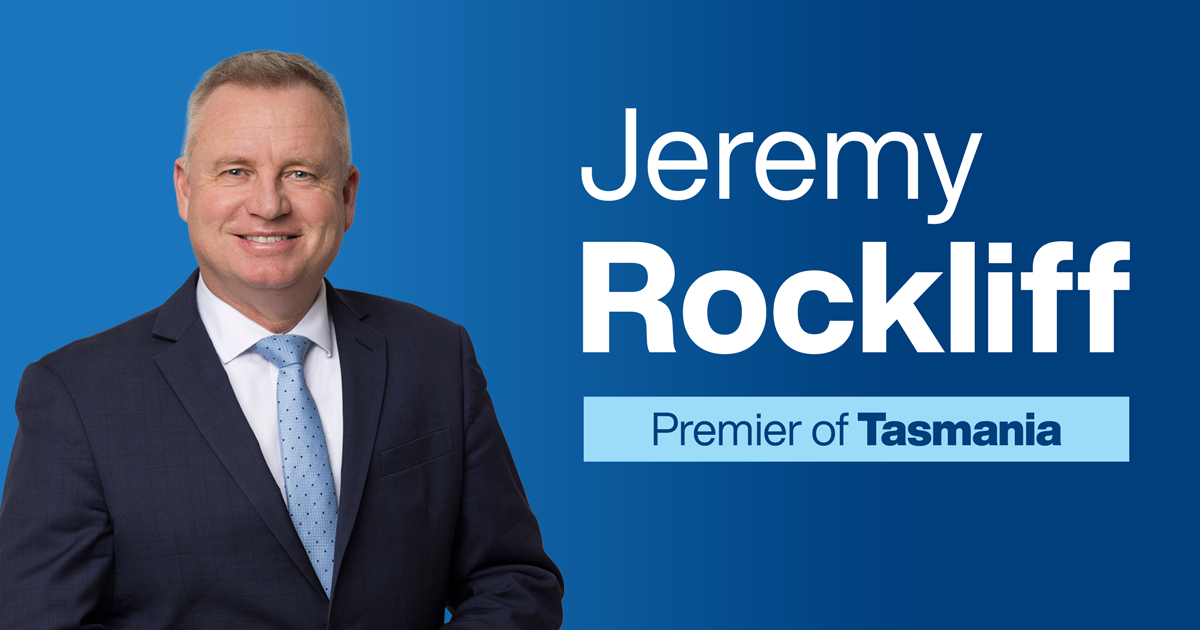
18 December 2025
Nick Duigan,
Minister for Sport
…
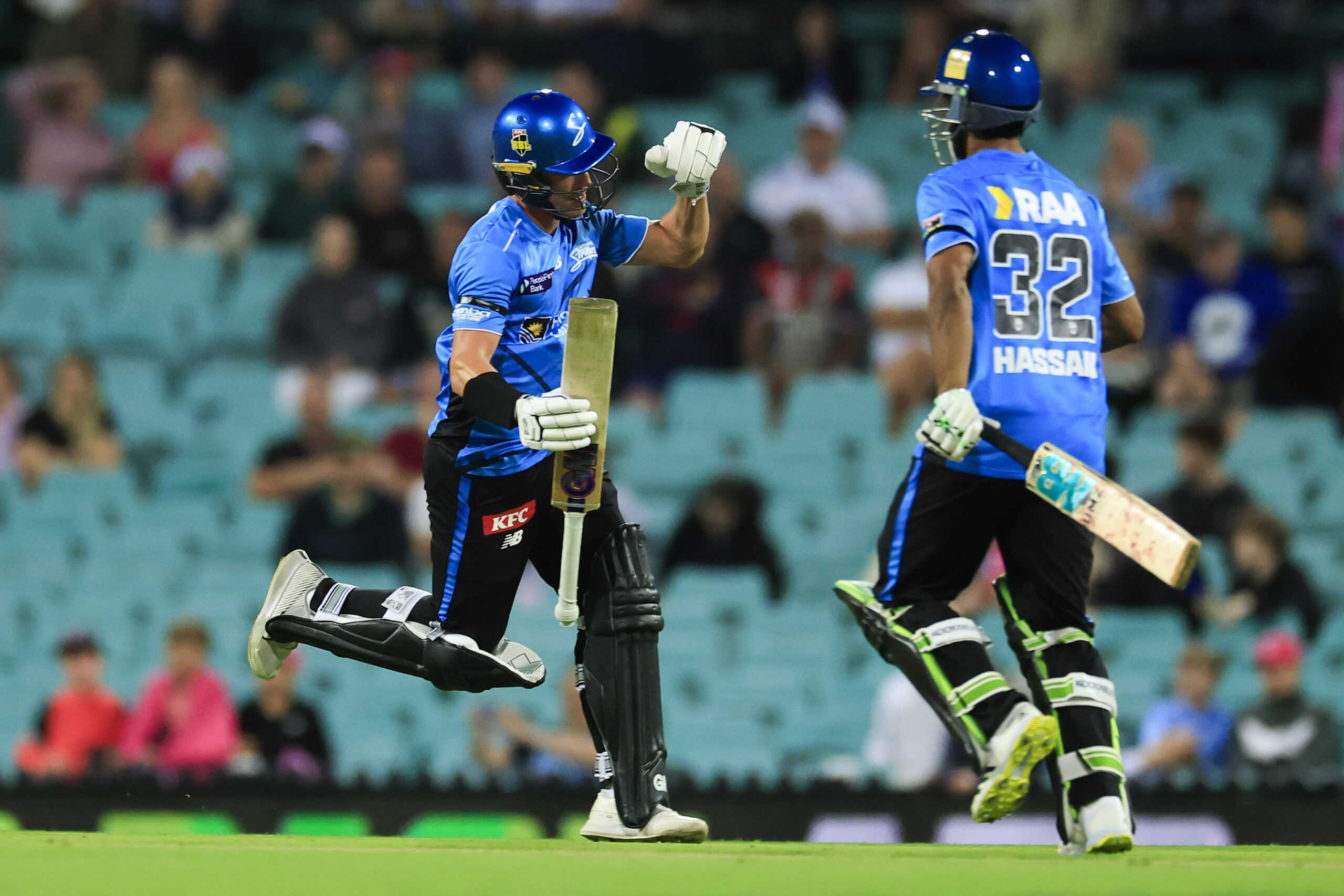
The Adelaide Strikers opened their BBL|15 campaign with a dramatic three-wicket victory over the Sydney Sixers at the SCG.
Luke Wood, having picked up 3-26 with the ball, chipped the winning runs over the off-side ring…

CHAMPAIGN, Ill. – Tickets are now on sale for two Fighting Illini women’s gymnastics meets during the 2026…
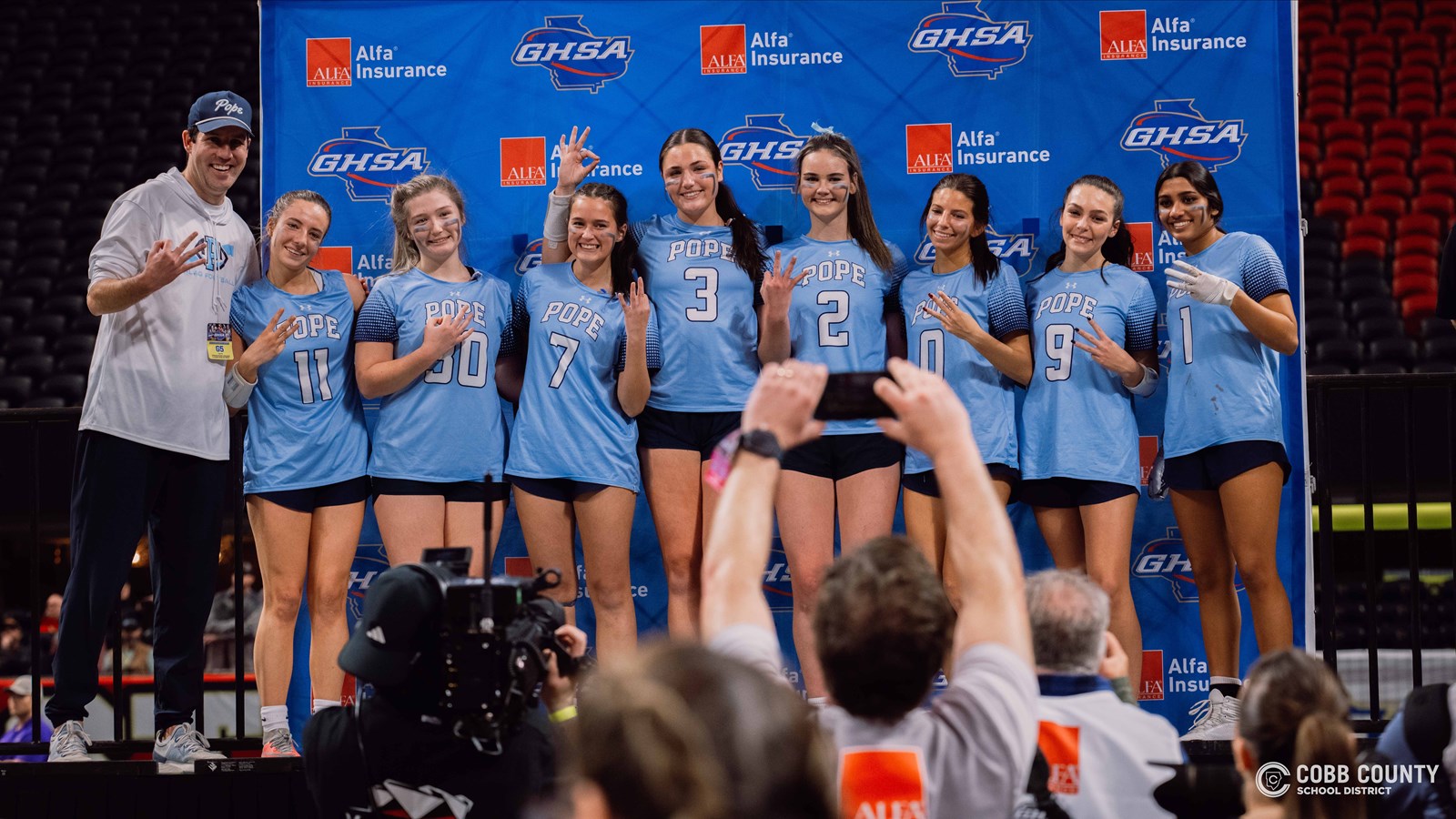
December 17, 2025—In many ways, this Division 5 state championship matchup was inevitable. McEachern and Pope have two of the most successful Flag Football programs in the state, and maybe the entire country. The Lady Indians and Greyhounds…

GREENWOOD, Ind. – Texas Tech graduate student Macy Blackburn was named a College Sports Communicators (CSC) First Team Academic All-American while GK Faith Nguyen and MF Sam Courtwright took home second team honors, the organization announced…
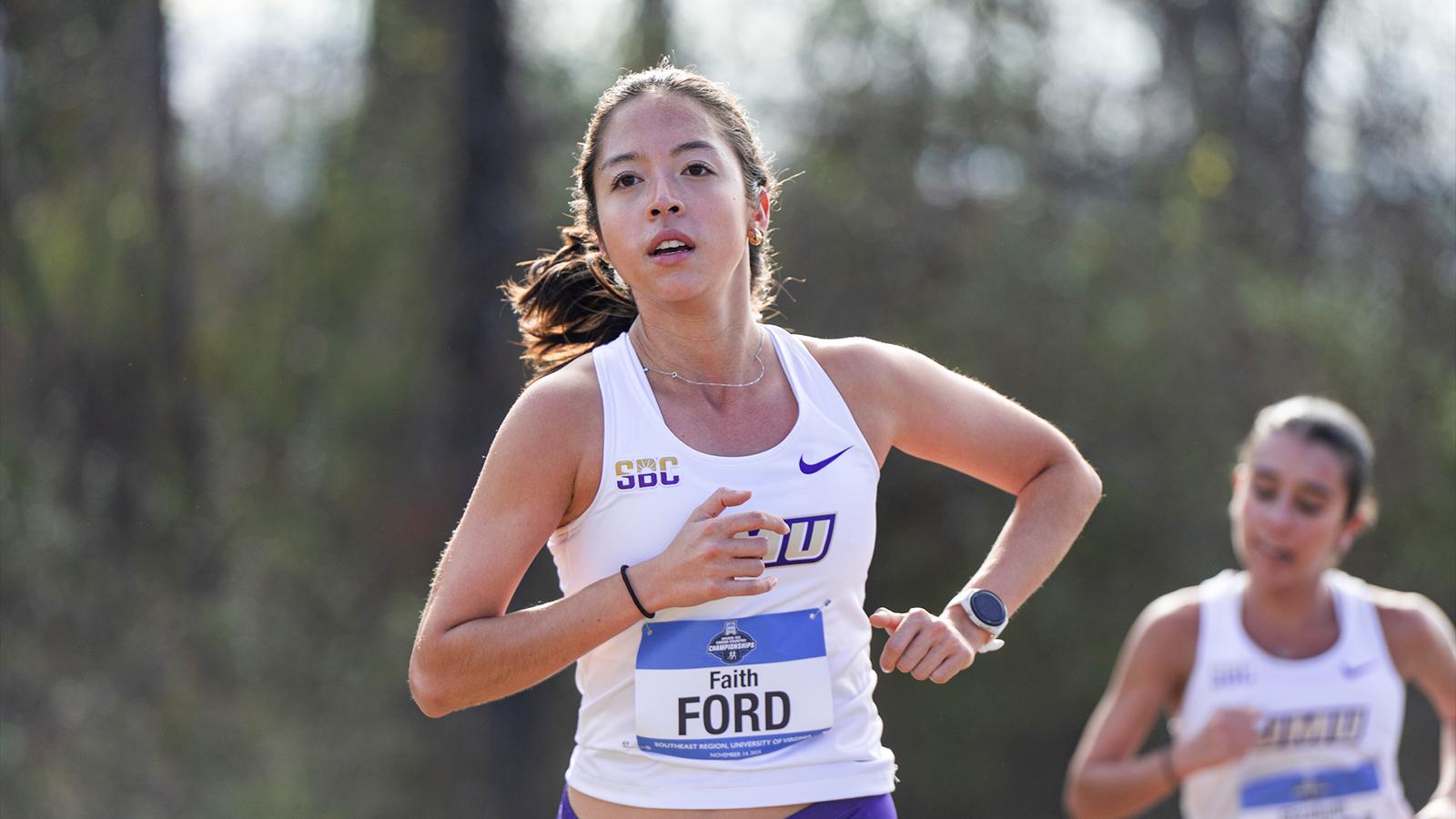
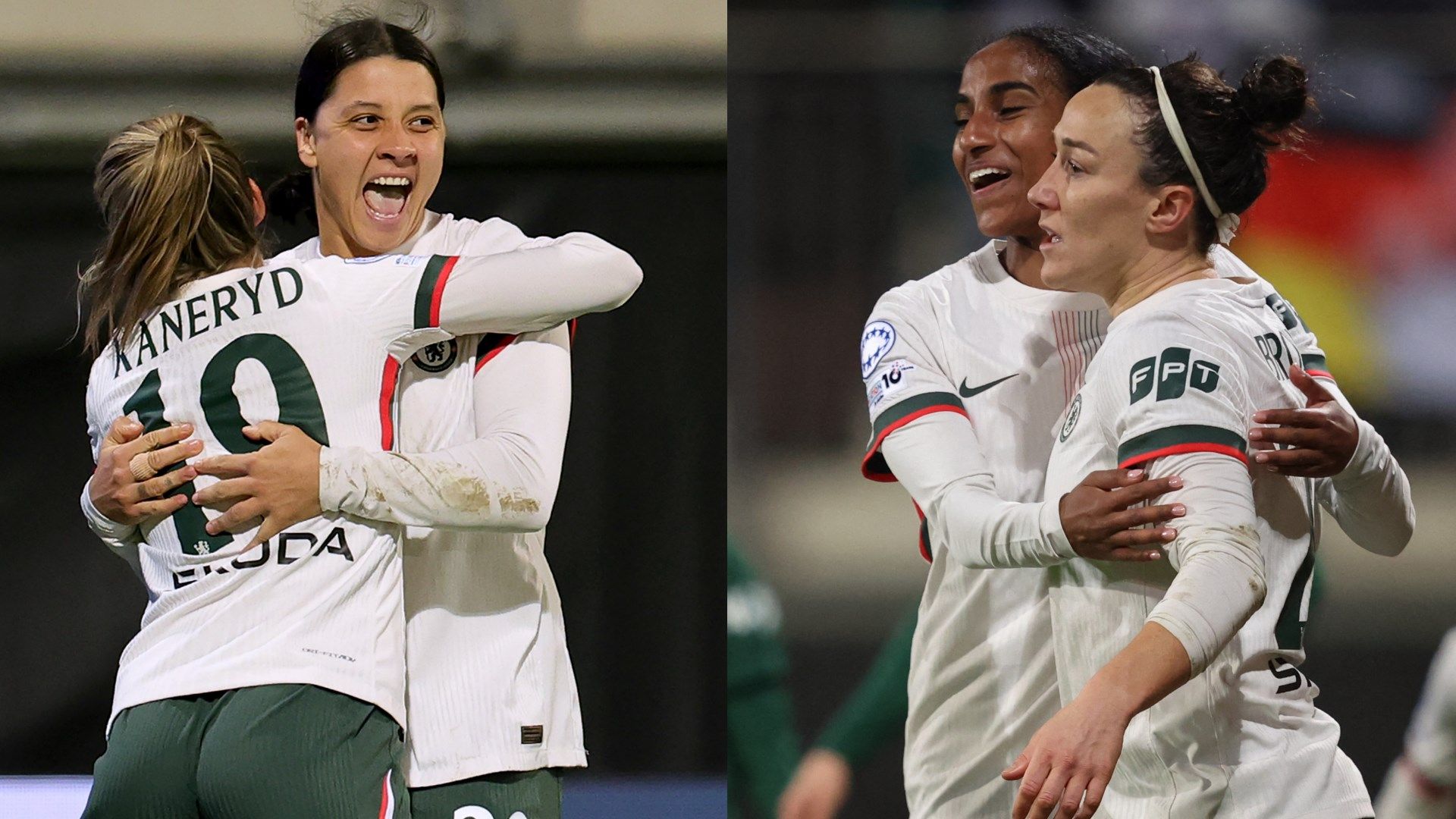
Chelsea secured a place in the Women’s Champions League quarter-finals as they came from behind to beat Wolfsburg 2-1 on Wednesday. Alexandra Popp had given the German hosts the lead before Lucy Bronze and Sam Kerr headed the visitors to victory,…